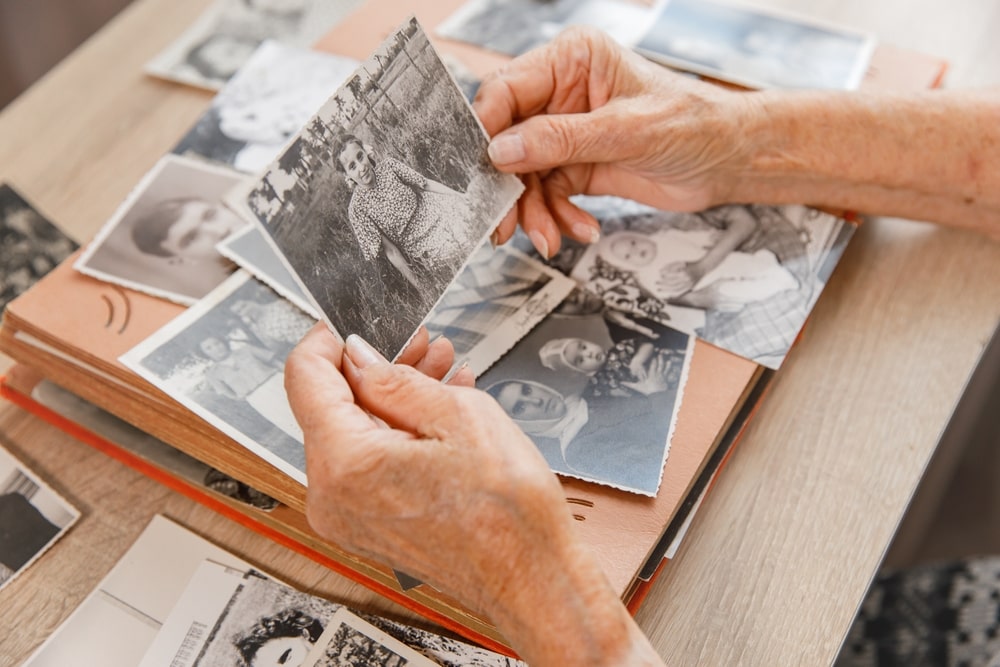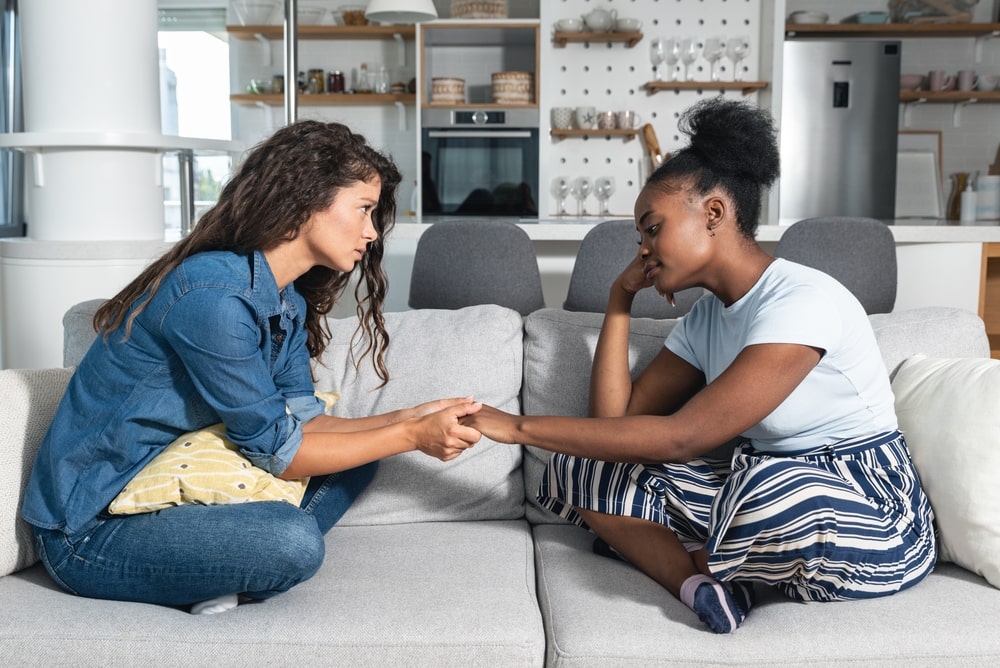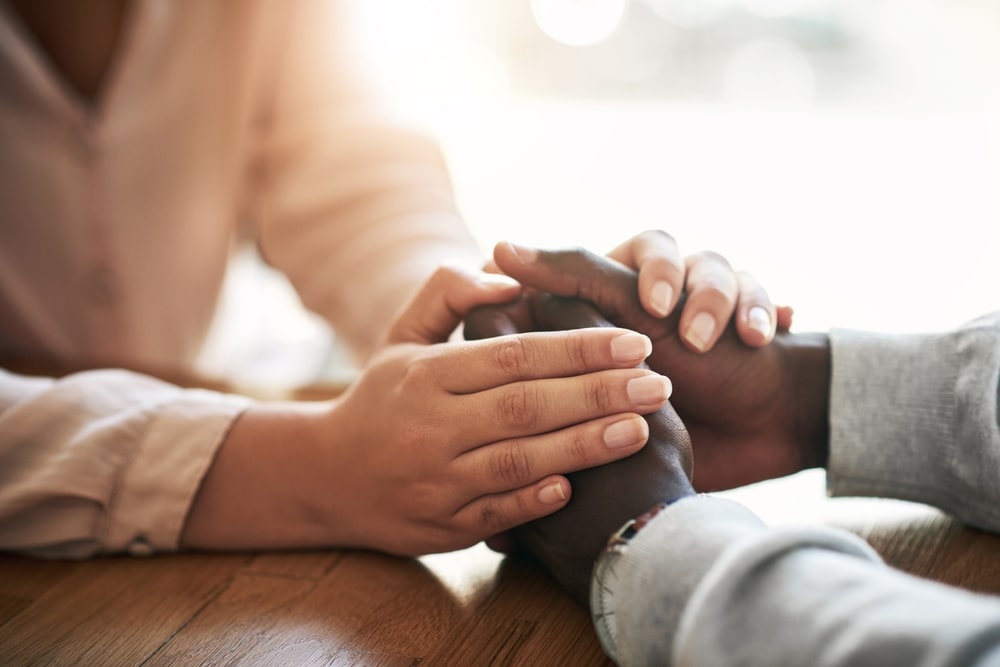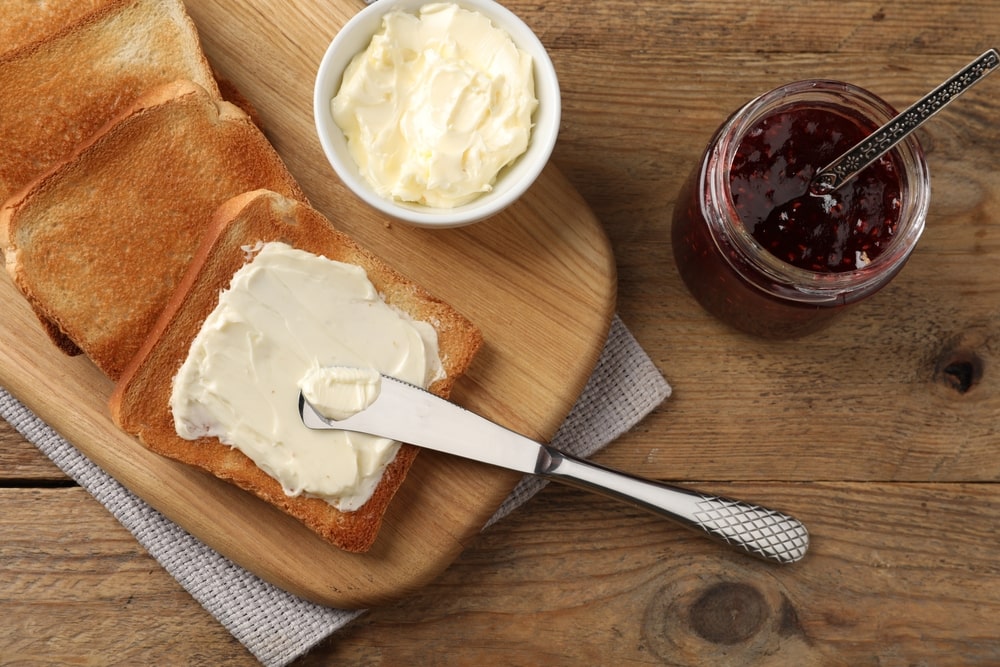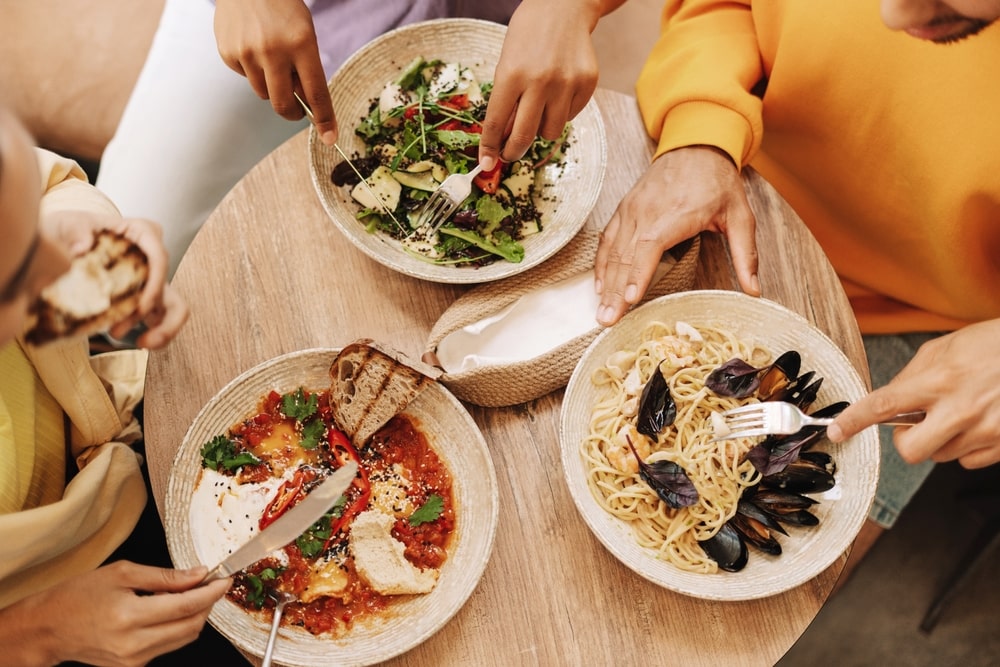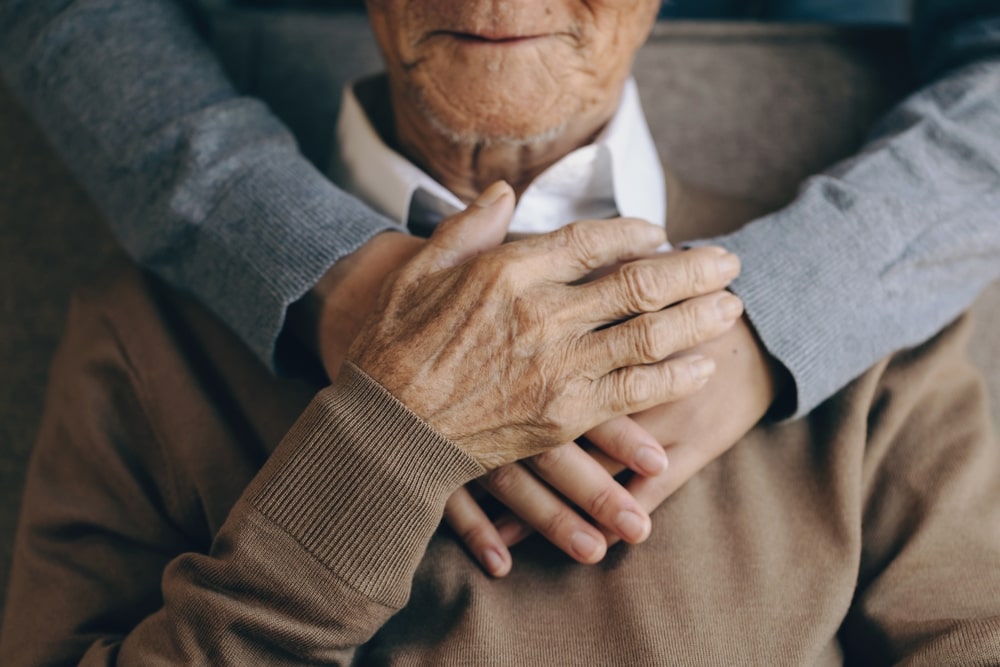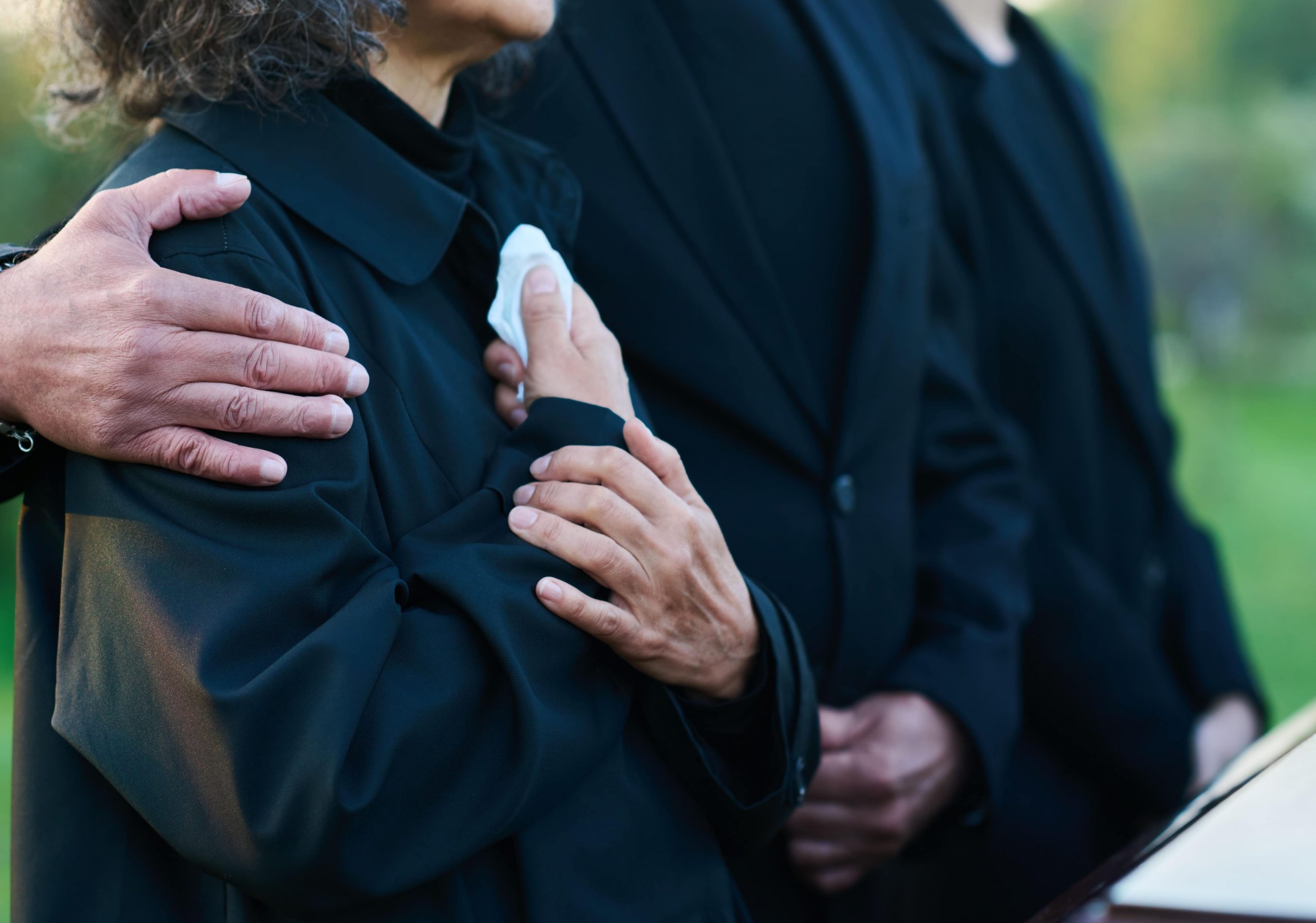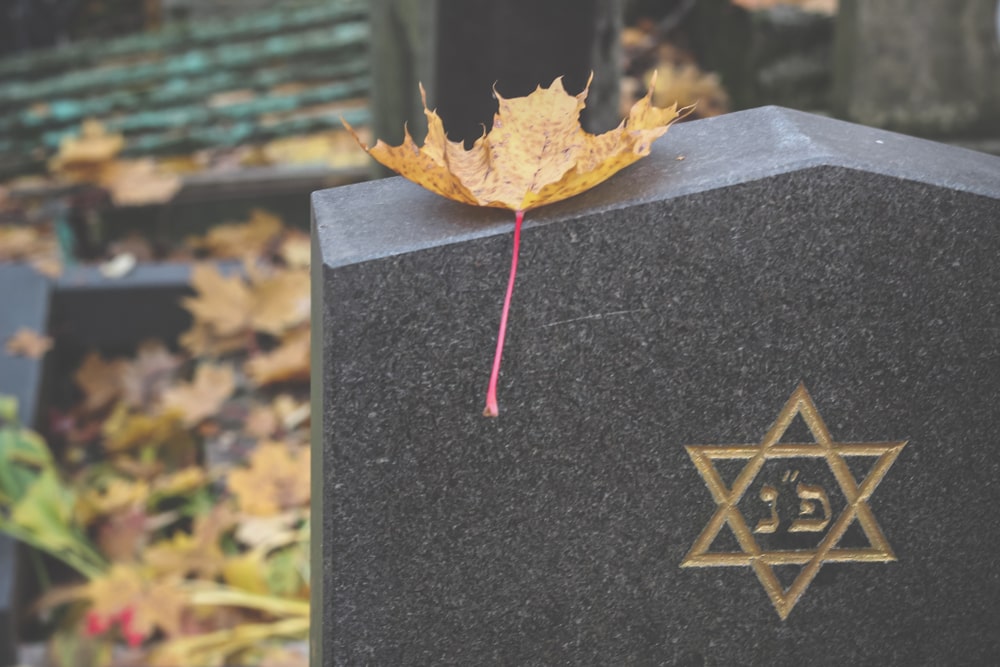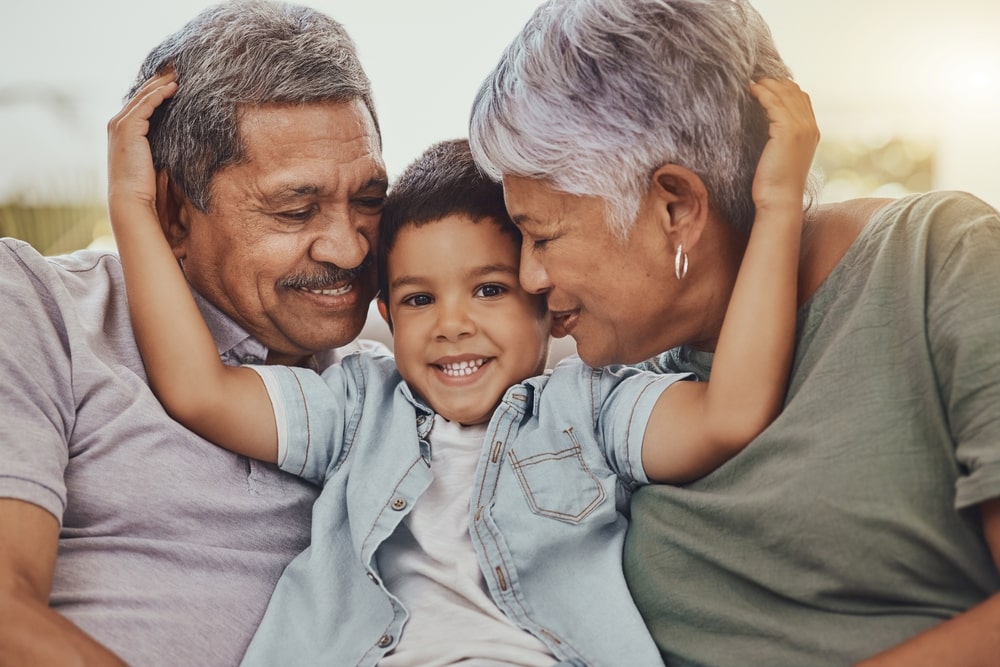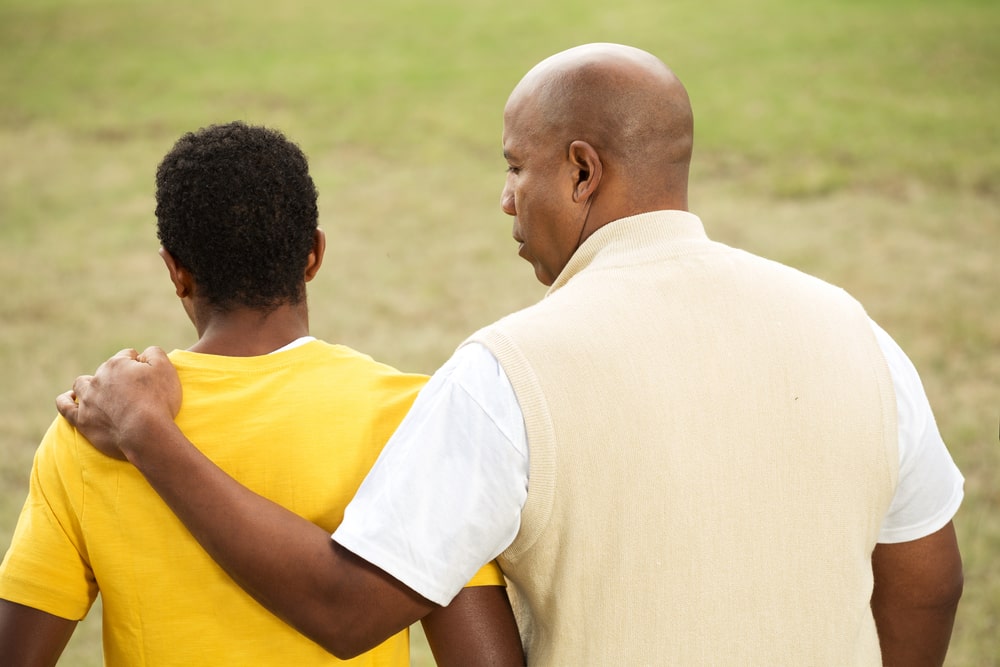
After the loss of a loved one, special days and holidays present a unique struggle for the grieving. For mothers who have lost a child, Mother’s Day can be especially difficult. Grief can surge on a day centered around parent-child relationships, and many moms also struggle with feeling unseen or forgotten after the loss of their child.
If you know a mom who has experienced child loss, here are a few ways you can support her on Mother’s Day:
Talk to her ahead of time
One of the best ways for someone to cope with a potentially triggering holiday is to make a plan beforehand. Some moms may want to ignore the day, while others may want to use it to honor their child’s memory.
If you are a close friend or family member, talk to the grieving mom about her feelings. Ask what she would prefer to do on Mother’s Day and how you can help. Listen to her needs, and if she’s unsure what she wants, come up with a few ideas and get her thoughts on them.
Acknowledge that she’s a mom

If a mother has lost her only child or lost her baby before birth, she is still a mom! She still loves her child, her role as a mom is still part of her identity, and her child’s memory lives on. Simply acknowledging that she is a mom and that her child’s life mattered can be a huge encouragement.
When you talk to her, whether in person, over the phone, or through text, don’t avoid mentioning Mother’s Day, her child, or her life as a mom. Simply emphasize that she is a mom and always will be and that you’re thinking of her. If you’re unsure what to say, click here to see what grieving moms have said was most encouraging to them.
Don’t avoid talking about her child

Many people avoid talking about a bereaved mother’s child, afraid of bringing their grief to the surface or hurting them. But for many grieving mothers, hearing others talk about their child reminds them of the positive impact their child made and keeps the child’s memory alive.
As you speak with your grieving friend on Mother’s Day, take your cues from her. If the grief is still very fresh, she may not wish to talk about her child. But allow her to talk about her child if she wishes, and don’t feel uncomfortable as she shares. You can also mention her child by name and share a favorite memory, letting her know she’s not the only one who still cares about and remembers her baby.
Provide practical support

While flowers and other gifts are nice, sometimes what grieving people really need is practical support. Many moms take on household chores like cleaning and cooking, and those extra tasks can leave them feeling overwhelmed when they’re grieving.
By offering practical help, you can take one thing off her mind. You could take care of her least favorite chores, provide meals, pick up groceries, or mow the lawn. If she has other children, offer to watch them so she can spend time taking care of herself. You could also consider asking if there are any big projects she’s been putting off that you can help with. No matter how small it may seem, this practical support can make a big difference.
Spend quality time with her

On a day like Mother’s Day, it can be easy for a grieving mom to feel lonely or isolated, but quality time with someone who cares can provide comfort. Invite her out to brunch. Set up a spa day with her and some of her best friends. Go on a hike in her favorite place. Spend time with her doing her favorite things and encourage her to take care of herself.
As you spend time with her, let her know that you’re willing to talk as little or as much as she wants about her loss. Give her space to express her emotions. If she wants to talk about her child, swap stories and memories or listen with compassion and empathy. If she wants a distraction instead, talk about other things. Just remember to put her and her needs first and be respectful of her wishes.
Call, text, or send a card

Another way to support your grieving friend if you cannot be with her or she wishes to be by herself is to call her, text her, or send her a thoughtful Mother’s Day card. You can share stories or memories of her child, mention them by name, ask how she’s doing, and let her know that you’re thinking of her. Most importantly, avoid cliches and platitudes that do more harm than good.
If you send a text, consider adding “No need to respond” to your message. Texts come with a lot of pressure for a quick response, and this small addition takes the pressure off her and allows her to respond if she’s up to it. She’ll still know you’re thinking of her on what is likely a difficult day.
Above all, listen to the grieving mother’s needs and respect them. Even if she wants to be alone on Mother’s Day, knowing you cared enough to check on her will bring comfort. Let her know you are thinking of her, and continue to support her as she continues her grief journey.



